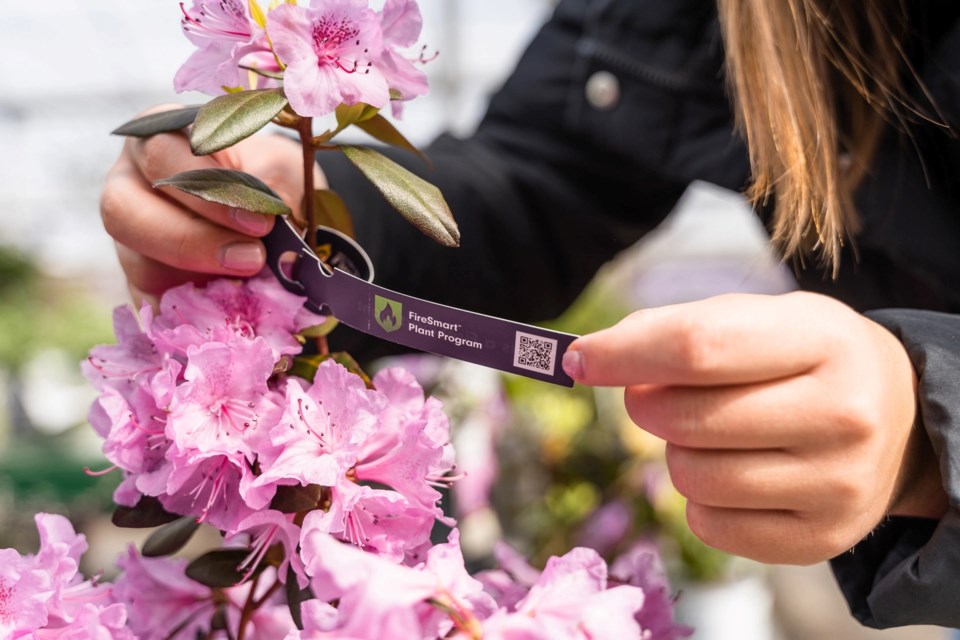With fire season fast approaching in B.C., a new program is helping people make smart decisions when it comes to choosing plants for their gardens.
Although a wet spring means the is currently low to moderate across the province, a spell of hot and dry weather could quickly change that.
Gardeners across the province can look for FireSmart tags and signage at participating garden centres and nurseries, to easily identify fire-resistant flora.
The tags are part of the FireSmart BC Plant Program, which aims to provide gardeners, landscapers and suppliers with the knowledge and tools they need to help mitigate wildfire risks.
The effort launched last spring at two Art Knapps garden centres in Kamloops and Prince George. According to the program’s organizers, it quickly became a success, which has led to more garden centres getting onboard across B.C.
Participating locations include Gardenworks in North Vancover, Hunters Garden Centre in Vancouver, two Gardenworks locations in Burnaby, three Gardenworks in Victoria, as well as number of garden centres in Penticton and Kamloops.
The plant program is part of a larger FireSmart initiative, which includes an . The hub features a , a downloadable landscaping guide, and a list of participating garden centres.
It also has a hotlist of plants to avoid, which includes popular conifers like Western redcedar, Douglas fir, pine and yew, as well as broadleaf plants like broom and holly.
We need to take a second look at plants that can become fire hazards, said Brian Minter, a master gardner and one of B.C.’s go-to garden expert.
“With great resources like the FireSmart landscaping guide and local experts, all of us have the resources to be able to make our landscapes much more [fire smart],” he said in a statement. “You don’t need to be an expert.”
June’s fire-resistant plant of the month is Labrador tea, a broadleaf evergreen shrub with medicinal properties important to some First Nations peoples.
It grows 0.5 to 1.5 metres tall, has lovely white flowers from May through June, and prefers moist, acidic soils. Fresh or dried leaves can be boiled to make an aromatic tea.




